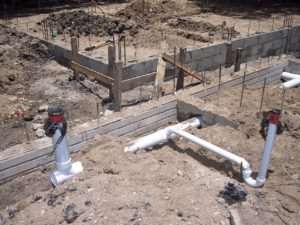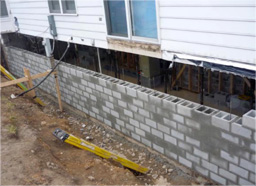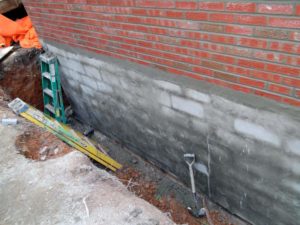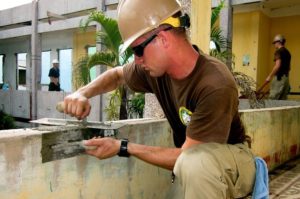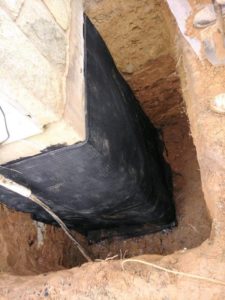Most home foundations settle. It is a fact of life.
Settling happens when the following occurs:
- Time: A home that has existed for several decades, may settle over time. That is only natural. Soil has shifted or sunken. Much of this depends on the soil composition and the typical climate in the region.
- Improper soil conditions from changing weather: It may have been built in the summer in hot, soil. Since then, the soil has been hit with rains, then drought then flooding. The soil contracts then expands causing the home to settle.
- Poor construction: If the contractor used cheap materials for the home then it may settle much earlier.
So, if this has happened to your home foundation it, like anything in life that we use every day, will need maintenance. This is when you need to contact a licensed home foundation repair contractor.
Once your home foundation repair contractor has inspected the home and analyzed the repairs needed to your foundation, they will repair the settled foundation using one of the following methods:
- Install steel push piers: This method is a “forever solution” to home settling. Push piers are driven deep into the soil that lifts the foundation back to its first position when it was a new home. The load-bearing walls are supported and stabilized.
- Plate Anchors: Bowed or cracked basement walls are supported by anchors. These anchors are designed to be installed quickly. Plus, your lawn and landscaping are never touched during installation.
- Helical Piers: We covered this foundation repair in a previous blog, but it is excellent for slab structures or lightweight buildings. Helical piers are also convenient to install as there is no disturbance to your home.
Winter is around the corner and you may have noticed your home settling, you need to contact your local, licensed home foundation repair contractor. Your home is your most expensive investment. Don’t “settle” for letting the foundation deteriorate.
M Taylor Enterprise is an experienced, licensed and respected home foundation contractor in the Silver Spring, Maryland, Montgomery County, Maryland, Prince George’s County, Maryland and parts of Howard County MD area. We will visit your home or business, diagnose the problems and give you an estimate. We get the job done quickly and efficiently. Call us at (301) 649-3406 or email us at matt@mtaylorenterprise.com.





